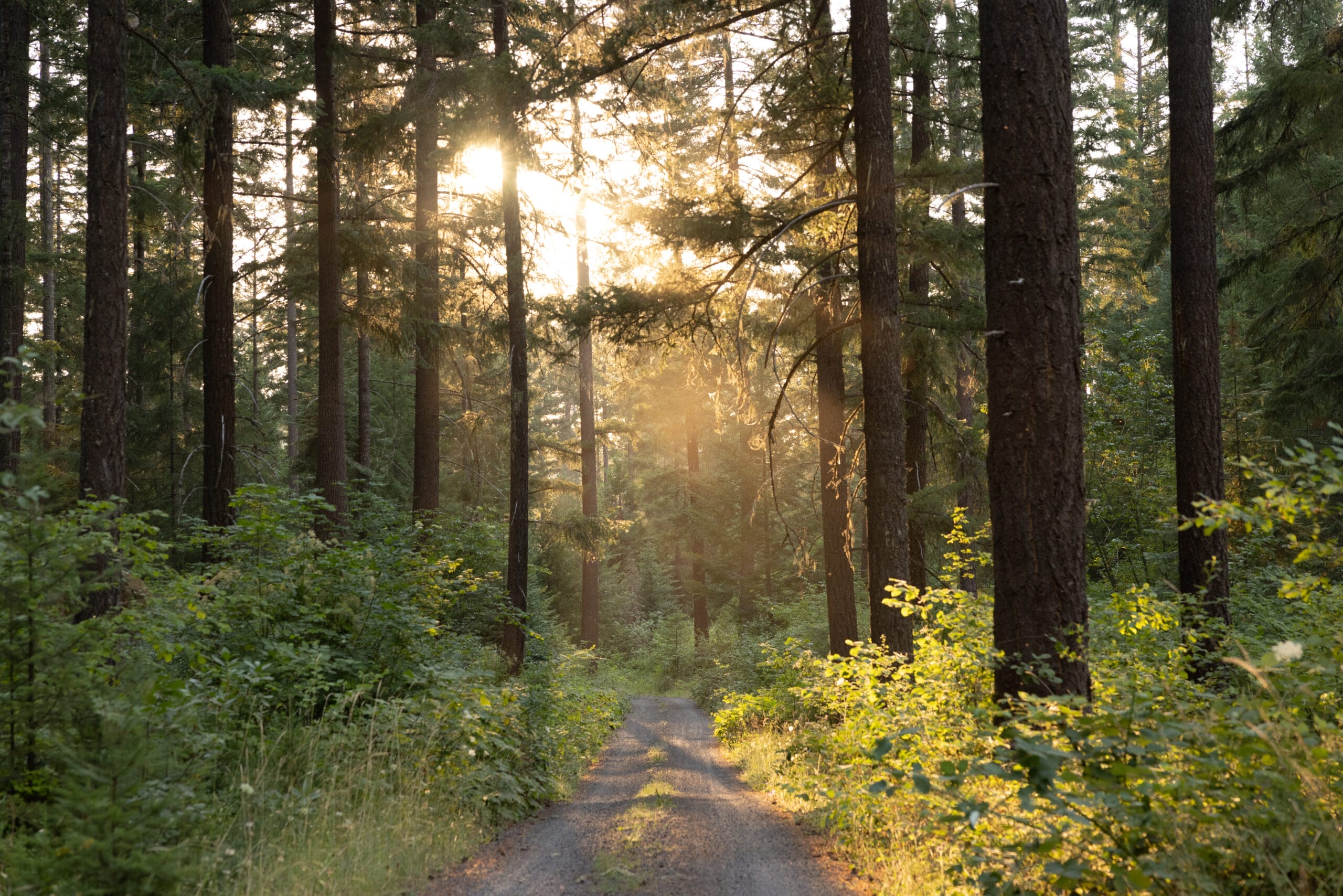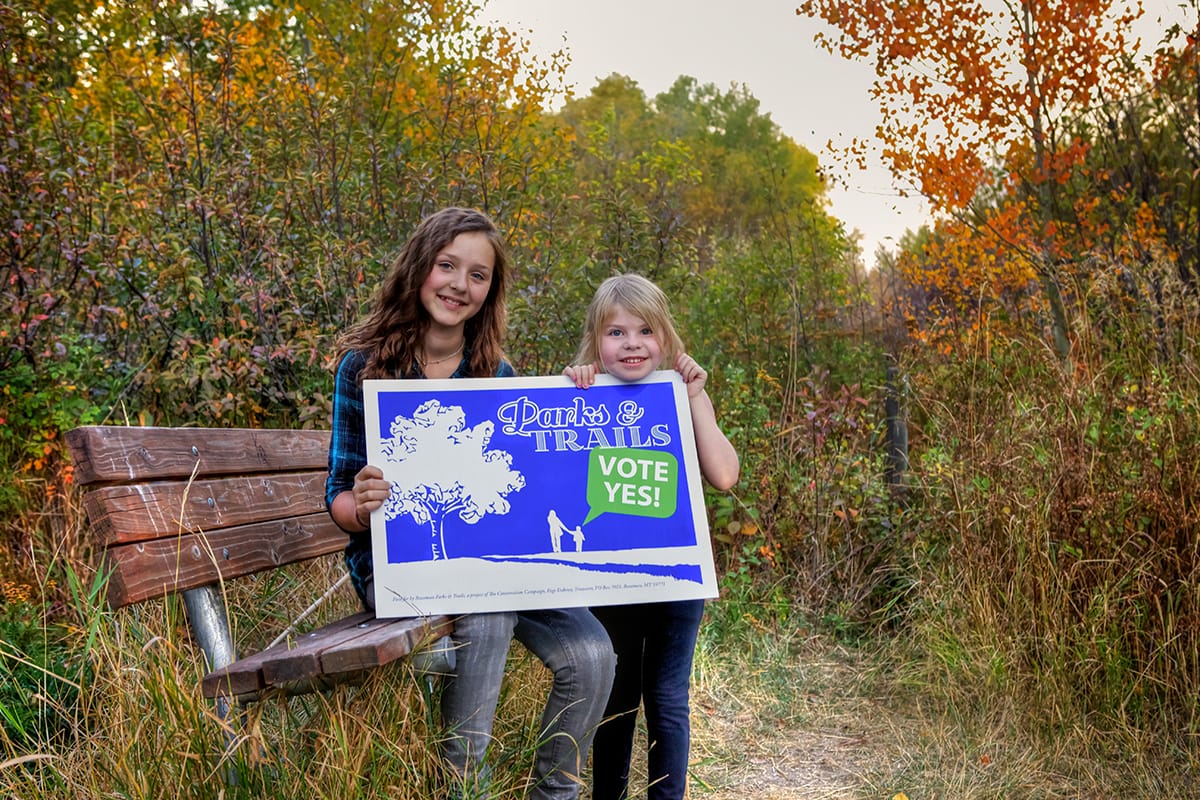
Green team grows new schoolyard
Green team grows new schoolyard
At P.S. 164 in Brooklyn, we helped savvy kids design and create a custom playground that’s both environmentally friendly and fun. In this interview, fifth-grade teacher Taura McMeekin explains how her students are using the innovative features of the school’s new green space to learn about gardening, recycling, and stewardship.
What’s a green yard?
We call it a green yard so the kids feel a sense of connection with green; what it means to be green, to think green, to recycle, be aware of the environment, be good stewards of the earth, etc. Before we had the garden, we grew things in the window until every square inch was covered. We still grow some things inside, but we use the green yard like an outdoor classroom.
So, what do these city kids think about their new garden and green space?
The school’s green yard is one of the only green spaces many of these kids ever get to see. Most of our students don’t get taken to parks or outside the city, so the school’s green yard is the only place they can connect with nature.
The school had a huge issue with litter at first because litter surrounds us—everyone litters in the city. The kids say they were never taught not to litter. So the green yard has become a sacred oasis that teaches them how beautiful a green space can be and how to care for it. Now the kids have put “No littering” signs up, and we all recycle. The students who were part of the participatory design and learning process, they feel a sense of ownership and pride, too.
What does the rest of the neighborhood think about the space?
It’s been an amazing gift not only for our school, but for all of the families in the neighborhood who also suffer from a lack of green space. Before, the neighborhood was very divided. This is my seventh year at PS 164, and it wasn’t until we got a garden that anyone from the community talked to me. The kids and I were in the garden transplanting one day and a Hasidic woman with the biggest smile on her face stopped and said it was so great to see the kids outside, and told me about her experience gardening with her grandmother. Those conversations weren’t happening at all before the garden. On weekends and after school, we all enjoy it together.
What does the Green Team do?
The “Green Team” is our sustainability and green program. I teach kids about gardening, and how to take care of our new green yard. We meet once a week on Fridays—we have an older group and younger group.
We are the school’s environmental stewards. We planted 500 bulbs in the yard this year and we are making hand salves out of simmering olive oil and rosemary that we grew. We make signs telling people where bulbs are planted, sharing facts about the trees, and asking people not to litter. We collect bottles, cans, and plastic bags from around the yard, which I then take to local recycling plant so we can have a recycling-funded pizza party at the end of the year. We’re learning how to compost, too.
How was your experience with staff from The Trust for Public Land?
The Trust for Public Land has been amazing, supporting us with additional funding opportunities and checking in and providing resources. They helped us reach out to the larger community. They brought another school over to see our green yard and talk to the PS 164 students who participated in the design process.
What do you see as the biggest benefit of the green yard?
We spend all this time inside the classroom learning, but you can’t always learn just by reading. We are studying desert habitats now, for example, learning how plants have adapted. So we’ve been walking around the garden asking the kids to think about how the plants here have had to adapt. They wouldn’t have been able to make those connections by just reading an article.
Another big benefit is the physical activity. I’ll take my kids from lunch and let them run around the track, do some stretches, and then they’re really ready to go. If they come straight from lunch, they are wound up and unfocused. Getting them outside to connect with the weather, to move their bodies in physical ways… it’s not rocket science. When you get your circulation flowing, you perform better.
One-third of Americans, including 28 million children, lack safe, easy access to a park within a 10-minute walk of home. Urge your senators to pass the Outdoors for All Act to create parks and enhance outdoor recreational opportunities!


Donate to become a member, and you’ll receive a subscription to Land&People magazine, our biannual publication featuring exclusive, inspiring stories about our work connecting everyone to the outdoors.
See how our supporters are helping us connect people to the outdoors across the country.











